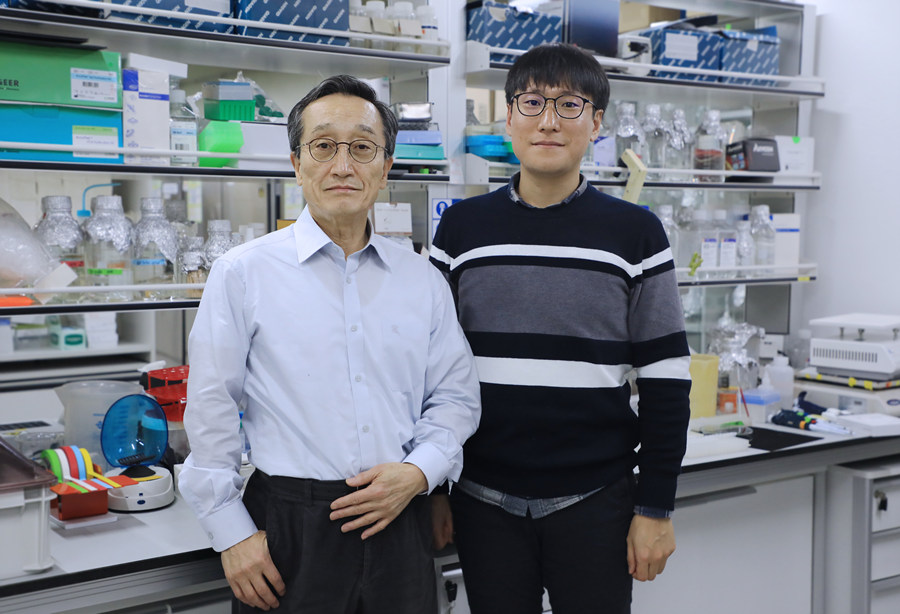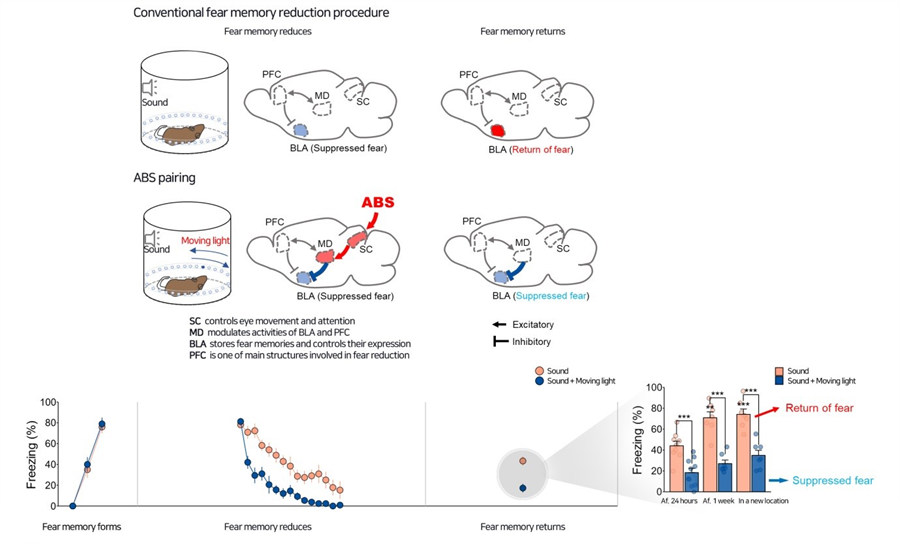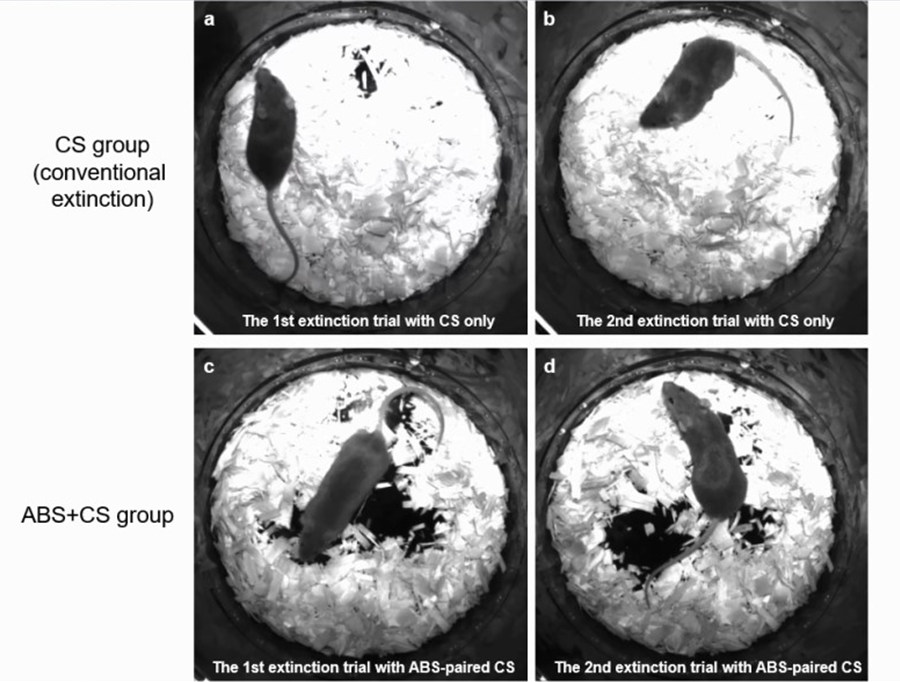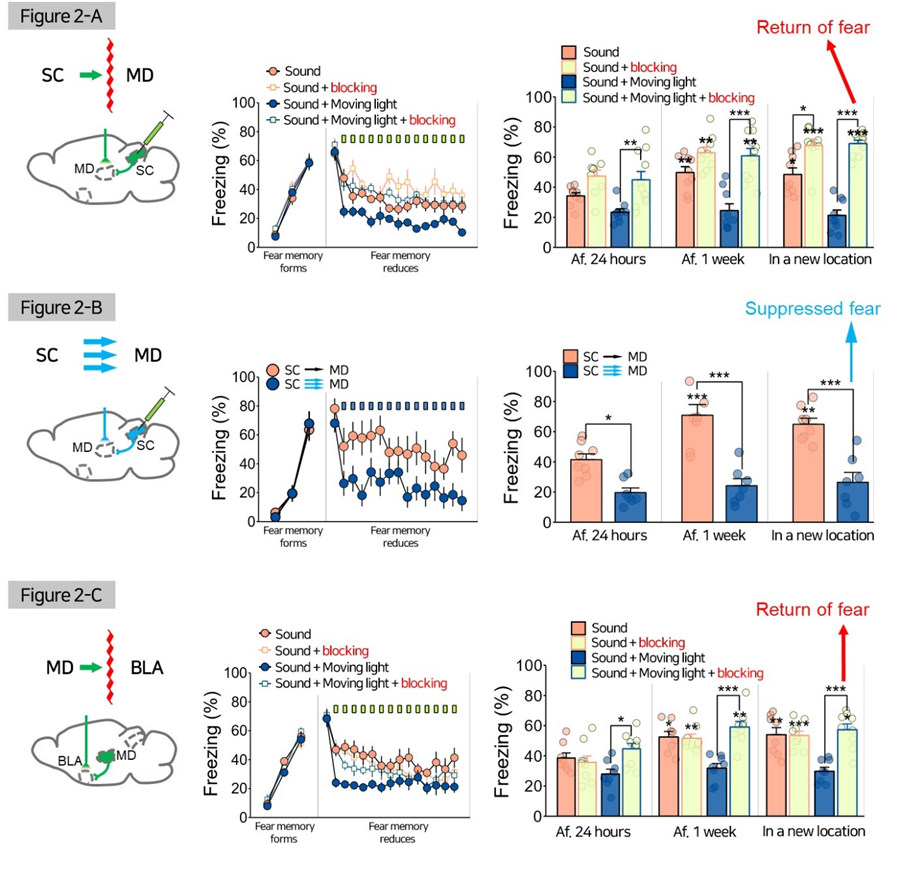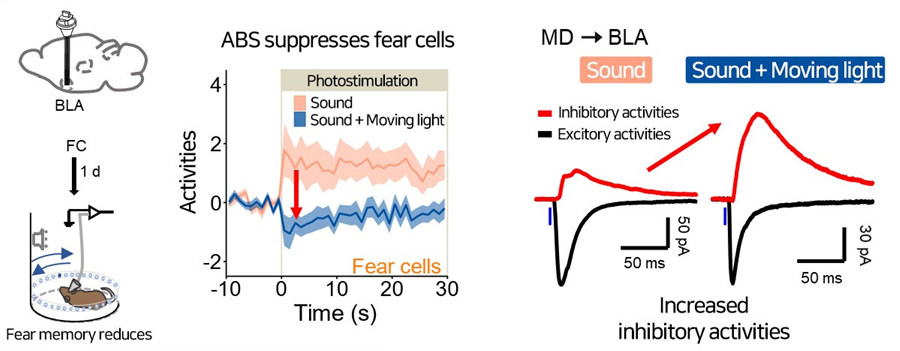주메뉴
- About IBS 연구원소개
-
Research Centers
연구단소개
- Research Outcomes
- Mathematics
- Physics
- Center for Theoretical Physics of the Universe(Particle Theory and Cosmology Group)
- Center for Theoretical Physics of the Universe(Cosmology, Gravity and Astroparticle Physics Group)
- Center for Exotic Nuclear Studies
- Center for Artificial Low Dimensional Electronic Systems
- Center for Underground Physics
- Center for Axion and Precision Physics Research
- Center for Theoretical Physics of Complex Systems
- Center for Quantum Nanoscience
- Center for Van der Waals Quantum Solids
- Chemistry
- Life Sciences
- Earth Science
- Interdisciplinary
- Institutes
- Korea Virus Research Institute
- News Center 뉴스 센터
- Career 인재초빙
- Living in Korea IBS School-UST
- IBS School 윤리경영


주메뉴
- About IBS
-
Research Centers
- Research Outcomes
- Mathematics
- Physics
- Center for Theoretical Physics of the Universe(Particle Theory and Cosmology Group)
- Center for Theoretical Physics of the Universe(Cosmology, Gravity and Astroparticle Physics Group)
- Center for Exotic Nuclear Studies
- Center for Artificial Low Dimensional Electronic Systems
- Center for Underground Physics
- Center for Axion and Precision Physics Research
- Center for Theoretical Physics of Complex Systems
- Center for Quantum Nanoscience
- Center for Van der Waals Quantum Solids
- Chemistry
- Life Sciences
- Earth Science
- Interdisciplinary
- Institutes
- Korea Virus Research Institute
- News Center
- Career
- Living in Korea
- IBS School
News Center
Shedding Light on the Pathway to Put the Traumatic Past BehindScientists unmask the neural circuit that underlies an effective psychotherapy for sustainably reducing traumatic memories Suppose you are visually tracking a moving light swinging side to side. Your attention is naturally diverted to that movement, and what was in your mind before gets placed to the side. This alternating bilateral sensory stimulation (ABS), as part of eye movement desensitization and reprocessing (EMDR) is assumed to support the neural integrating of new perspectives and healing of negatively charged memories. Though this treatment has been recognized for long-lasting healing effects, its underlying neural basis has remained unclear. Because of the lack of scientific explanations, many psychiatric doctors shun this form of therapy, although it is listed in many psychotherapy manuals. Researchers from the Center for Cognition and Sociality within the Institute for Basic Science (IBS) identified the brain pathway where ABS works to induce a persistent fear reduction.
In EMDR, patients are instructed to recall a traumatic memory while receiving ABS. Given this connected visual-attentional processes is commonly used for post-traumatic stress disorder (PTSD) patients, the researchers hypothesized that a brain region responsible for the eye-movement and attention – the superior colliculus (SC) – may be involved in the fear-reducing effect of ABS. The researchers first examined whether ABS-paired treatment prevents the return of fear. To form a fear memory in mice, the researchers first subjected them to a sound while also giving them a mild foot-shock, training them to associate the sound with a painful experience. Fear in the mice was seen in them freezing in location. The mice were then repeatedly exposed to the anxiety-producing sound, but now without the electric shocks, until they no longer found the sound to be stressful. This is known as fear extinction therapy. This conventional exposure therapy in humans is often followed by a severe relapse of symptoms. To test the effects of visual simulation on fear responses in mice, the researchers placed the mice in a cylinder-shaped container with LEDs installed on the wall.
Conventional fear reduction procedure eased down fear responses (freezing) with repeated exposure to the sound in the location where the foot shocks previously took place. However, fear responses often return when the sound is presented one week later in the same location or in a new location. In contrast, the visual stimulation (moving light) with the sound, which is ABS pairing, brought a persistent fear reduction without a significant return, confirming the ABS pairing’s powerful effect to reduce fear.
To watch the movie, click on the link.
The researchers found enhanced neuronal activities in the SC and the mediodorsal thalamic nucleus (MD) that receives inputs from the SC. They wondered if this SC-MD pathway might be the route where ABS travels, thereby resulting in the reduction of fear. "To confirm this causal link, we blocked the SC-MD route during ABS pairing by using a yellow laser light," says Jinhee Baek, one of the first authors of the study. This modulation blocked the effect of ABS and brought a significant return of fear (Figure 2-A). Conversely, when blue laser light stimulated the neuronal activities in the SC-MD pathway, mice showed significantly reduced freezing without fear relapses (Figure 2-B). Using these experiments, the researchers identified the SC-MD pathway is essential for preventing the return of fear.
Mr. Baek says, "Then we wondered which mechanism suppresses the expression of fear." The researchers looked into the basolateral amygdala (BLA), a brain area that controls fear expression and stores fear memory. ABS pairing inhibited fear-expressing neurons in the BLA. Using a yellow laser light, the researchers blocked the MD-BLA pathway. The blockage induced excitatory activities and also delayed inhibitory responses in the BLA (Figure 2-C). "This study discovered a novel function of MD neurons in suppressing BLA fear responses" explains Mr. Baek. Studies using animal models have focused on direct approaches, by removing the original fear memory with chemicals that impair synapses or neurons, making these approaches inappropriate for clinical applications. Also, current psychotherapeutic methods have been used in humans without a clear understanding of how those treatments help reduce traumatic symptoms. The study discovered neuronal circuits underlying the psychotherapeutic method. The superior colliculus (SC), only known to be responsible for eye-movement and attention, was previously not considered to be involved in the modulation of learned fear responses. Notably, the neuronal pathway reported in this study induces more stable inhibition of fear without significant return of fear responses. "By shedding light on the underlying brain circuits of ABS pairing’s powerful effects to reduce fear, this study can come as a powerful reassurance of its fear-reducing effects to PTSD patients," says Dr. Hee-Sup Shin, one of corresponding authors of the study. Dahee Carol Kim Notes for editors - References - Media Contact - About the Institute for Basic Science (IBS) |
|||
Center for Cognition and SocialityPublication Repository |
|||
|
|
| Next | |
|---|---|
| before |
- Content Manager
- Public Relations Team : Suh, William Insang 042-878-8137
- Last Update 2023-11-28 14:20










